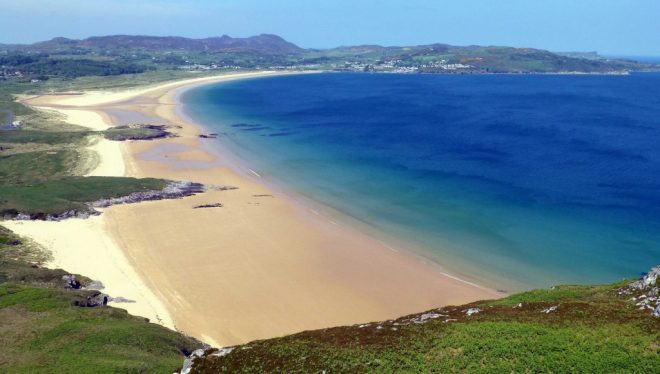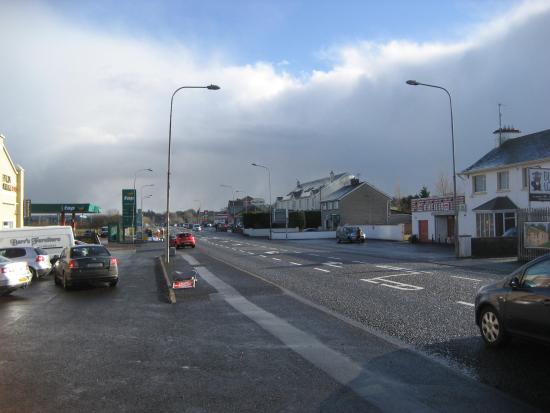
Entire county of Donegal recorded its highest daily rate of Coronavirus last month
Donegal’s 14-day incidence of the disease has risen to 281 confirmed cases per 100,000 people.
It is the highest rate in the Republic of Ireland and more than twice the national figure of 135.
Donegal borers with Derry, Tyrone and Fermanagh.
At one point Derry had the highest infection rate in the Uk.
But since it went into lockdown on October 5, the infection rates has fallen dramatically.
Dr Denis McCauley said it could see restrictions extended into December.
On Friday, Taoiseach Micheál Martin said he hoped the country would be in a position to take a nationwide approach to exiting lockdown.
But he added: “We are concerned in terms of the figures in Donegal and we’ll be making extra efforts there to see if we can, in terms of communication and so on, get the numbers down.
“We’d like preferably to come out at a national level.”
Dr McCauley, chairman of the Irish Medical Organisation’s GP Committee said GPs in the county were “very worried to see government’s attention once again turning to Donegal”.
“This could end up meaning extension of restrictions here when everywhere else in the country opens up again,” he said.
The county moved to level three of the country’s five-level alert system in mid-October to combat a surge in the number of coronavirus cases.
Restrictions tightened further just days later when the Irish government moved the entire country to level five.
Those nationwide measures are due to end at the start of December.
But in parts of Donegal, Dr McCauley said, after six weeks of restrictions, the rate of infection remains high.
Dr McCauley, who is a GP in Stranorlar, said it is more pronounced in areas closest to the border with Northern Ireland.
“Practices in Newtowncunningham , Lifford-Stranorlar, Ballybofey are seeing high incidence rates – higher numbers in areas close to the border, numbers much lower in west Donegal,” Dr McCauley said
“Proximity to the border is definitely an issue.”
Prof Sam McConkey, an infectious disease specialist with the Royal College of Surgeons in Ireland, said the county was Ireland’s “outlier”.
“It has been under its own localised restrictions, and then national restrictions for some six weeks. That the rate has not come down is very worrying,” he said.
“My understanding is that there have been a couple of large outbreaks – outbreaks of around 40 to 50 people – and that in turn causes a lot of secondary cases.”
He too sees the border as an additional public health challenge.
“Where you have movement of people, you have movement of the virus,” he added.

Main Street Bridgend on the Derry/Donegal border
“People in NI may not fully realise how well controlled the virus is in the Republic,” he said.
Prof McConkey said it is likely Donegal will stay under some form of restrictions however, when the level five measures come to an end.
“It is likely we will see the national restrictions lifted in December, but people in Donegal should prepare to still be under restrictions,” he said.
Tags:




